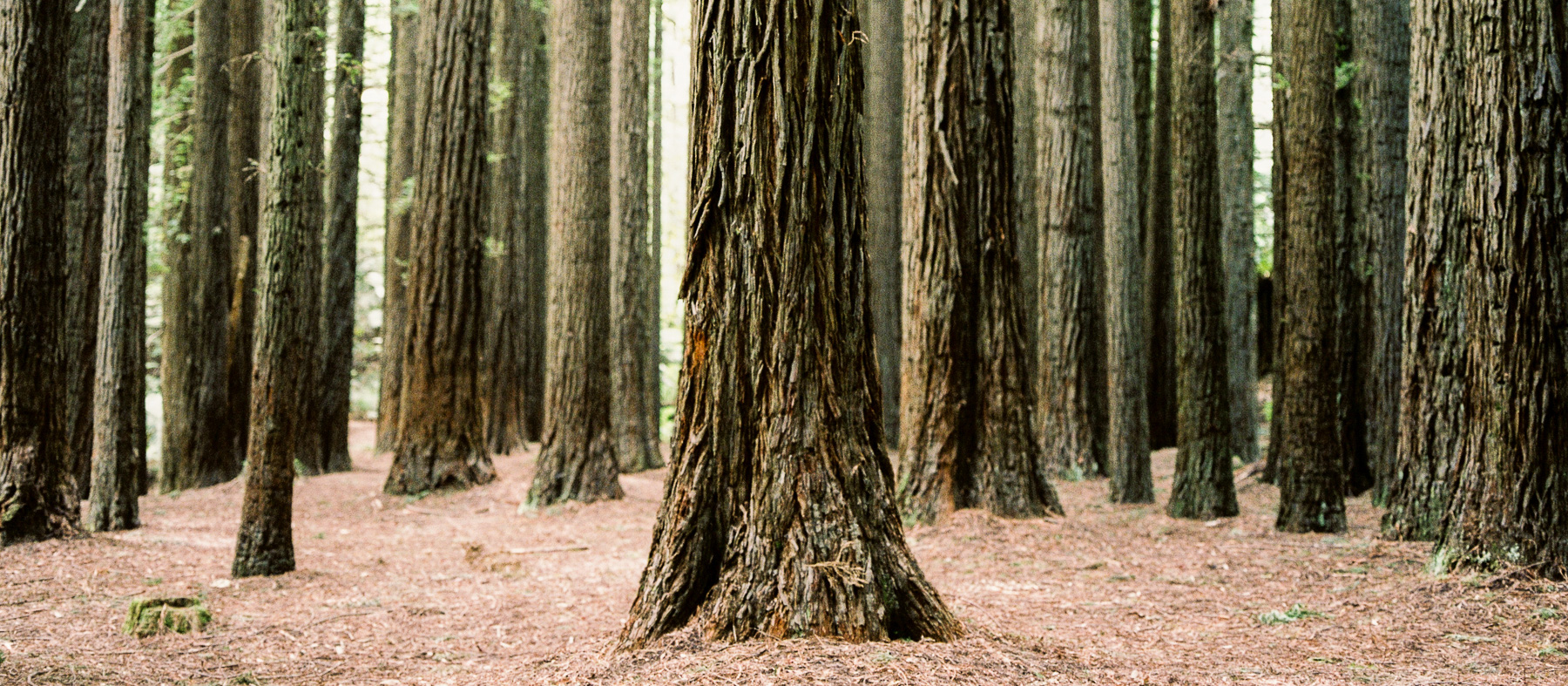The Art of Nature: Karl Blossfeldt

- Words by
- Georgina Reid
‘The plant must be valued as a totally artistic and architectural structure’, asserted German photographer and teacher Karl Blossfeldt. He was transfixed by the patterns created in the natural world, and in the early 1900’s – armed with a home made camera – he began documenting the structure and detail of plants, magnifying them up to 30 times their size.
These photographs were primarily used by Blossfeldt as a teaching aid, but have since been acknowledged as one of the finest bodies of work of early 20th century photography. According to Hanako Murata in her essay Material Forms in Nature: The Photographs of Karl Blossfeldt, in creating them Blossfeldt was ‘looking for a way to showcase examples of the forms and patterns he discovered in the natural world that he believed should inspire his students’ own work.’


Because living plant specimens were hard to manage in a teaching environment – they withered and died and were hard to source, especially in the cold German winters – Blossfeldt came upon the idea of preserving the specimens through photography during his employment at the Institute of the Royal Arts & Crafts Museum in Berlin.
When he first approached the institute to ask for funding of his photography project he was rejected. Undeterred, he built his own camera with a meter long bellows, enabling him to magnify even the tiniest of details.
This letter from Blossfeldt to the director of the institute in April 1906 illustrates Blossfeldt’s rather humble intentions for the photographic project.
‘I hereby respectfully submit to the director a collection of enlargements of plants. Some of the main subject teachers to whom these photographs have recently been shown have been positive in their comments and consider them suitable for lessons…
In many cases, these photographs were made by enlarging small details that students could not easily make out in evening light… I probably have more than a thousand of such photographs, from which, however I can only slowly make prints.
Because they are the fruit of years of work and considerable material sacrifice, I would very much welcome their being used in some way, either as inspirational material in individual classes, libraries, etc. for a wider audience and, above all, for all students… The sculptor…can only make profitable use of the smaller, simpler plants that grow wild.
There plants are a treasure trove of forms – one which is carelessly overlooked only because the scale of shapes fails to catch the eye and sometimes this makes the forms hard to identify. But that is precisely what these photographs are intended to do – to portray diminutive forms on a convenient scale and encourage students to pay them more attention…’
Blossfeldt produced hundreds of prints over the next 30 years, culminating in the publication of a collection of his photographs called Urformen der Kunst (Art Forms in Nature), published in 1928, just four years before his death.
Blossfeldt became a photographic rockstar overnight, and has since been hailed as one of the most important figures in the Neue Sachlichkeit (New Objectivity) movement, as well as one of the most highly regarded photographers of the early 20th century.
An artist once told me the only useful thing she learnt in art school was learning how to see. That is the job of an artist, she said. To truly see the world. I have a feeling Karl Blossfeldt would agree. He dedicated much of his life to not only seeing, but also documenting the patterns, details and structures of the natural world, culminating in a collection of strikingly beautiful and elegant photographic works.
Look closely, as close as you possibly can. Then look again. Open your eyes, see the patterns, the details, the structures of plants, people, life. Then create. Thank you Mr Blossfeldt.
—
Reference and further reading: Material Forms in Nature: The Photographs of Karl Blossfeldt by Hanako Murata, MOMA
All images courtesy of the J. Paul Getty Museum Collection Database.









